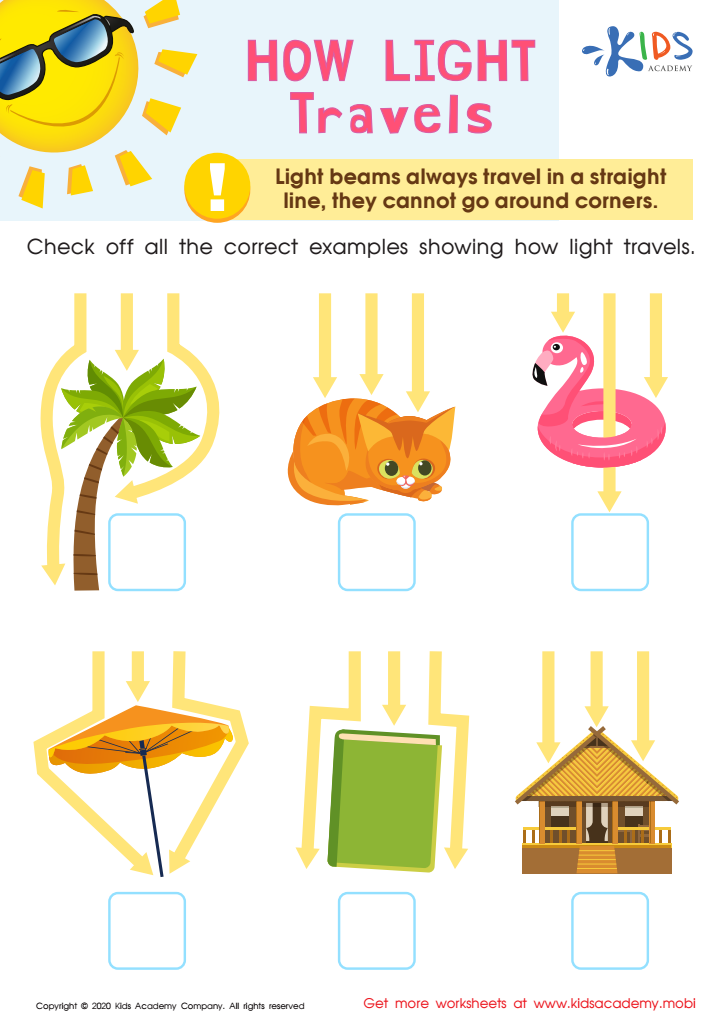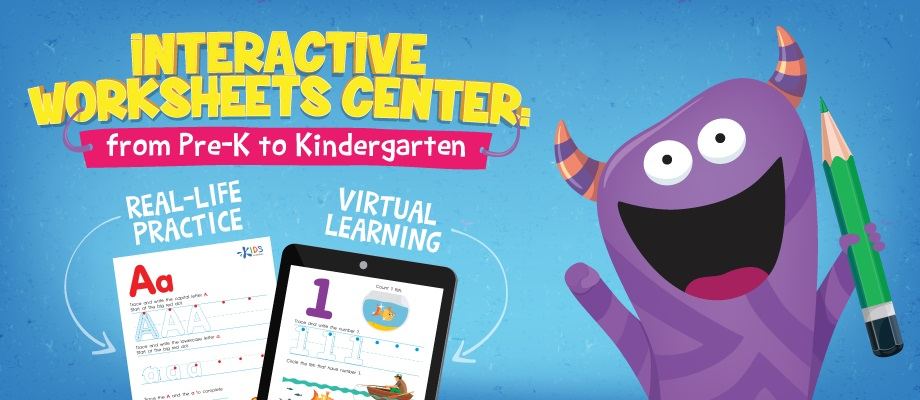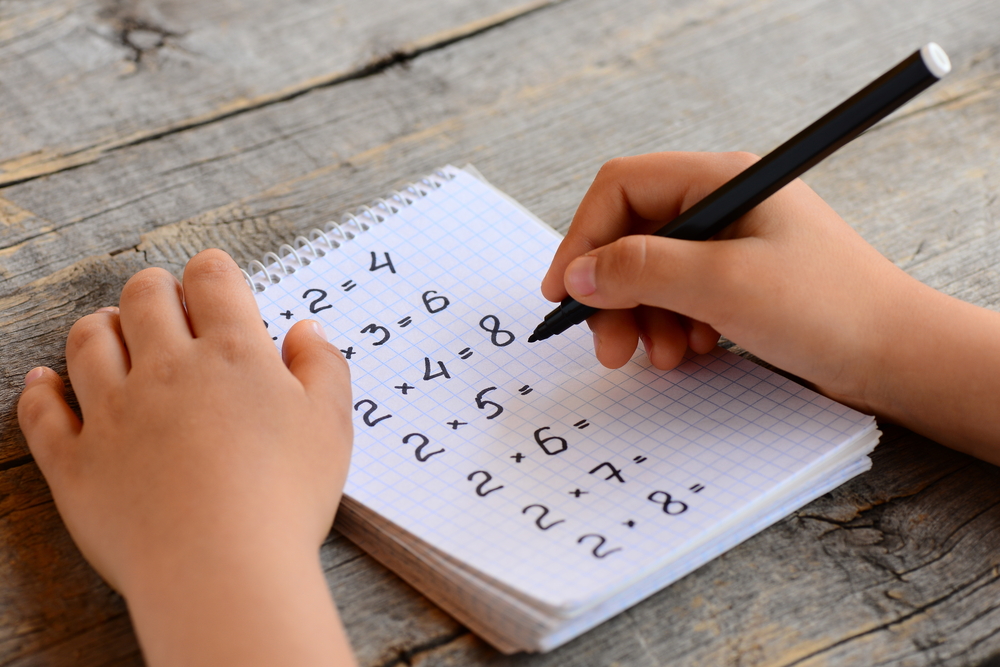Grasping refraction concept Worksheets for Kids
1 filtered results
-
From - To


How Light Travels Worksheet
Question/Answer
How to test a Grade 1 student’s Grasping refraction concept skills?
To test a Grade 1 student's understanding of the refraction concept, conduct a simple hands-on experiment: Fill a clear glass with water and place a straw or pencil inside it. Ask the student to observe how the straw or pencil appears to bend at the water surface.
What does the Grasping refraction concept skill mean when it comes to Grade 1 Physical Science learning?
Grasping refraction in the context of Grade 1 Physical Science learning refers to understanding the basic concept that light can bend or change direction when it passes from one material into another. It introduces young learners to the fundamental idea that light behaves differently in various environments, such as air, water, or glass, in a simplified and age-appropriate manner.
How does the mastery of the Grasping refraction concept skill affect a student's performance at an early age?
Mastery of the Grasping Refraction concept at an early age significantly improves a student's understanding of light behavior, enhancing their performance in physics and optics. It lays a solid foundation for critical thinking and problem-solving skills, encouraging scientific curiosity and exploration. This early comprehension can lead to better academic outcomes in science, technology, engineering, and mathematics (STEM) disciplines.
 Assign to the classroom
Assign to the classroom












